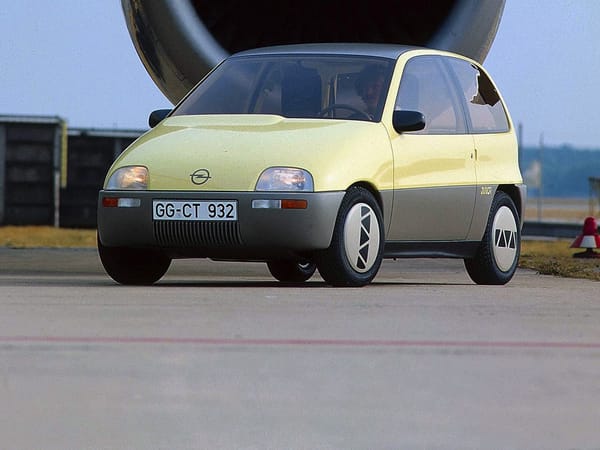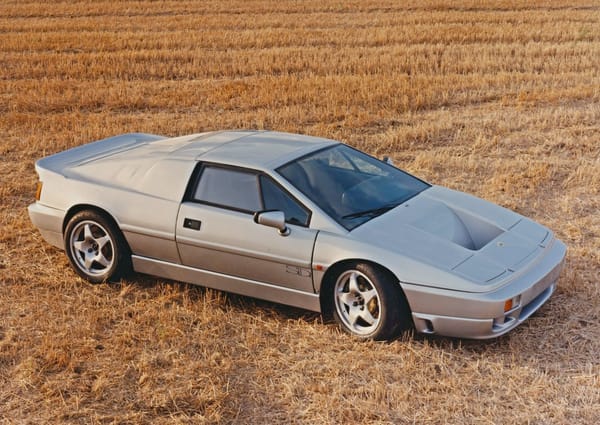Honda Argento Vivo by Pininfarina
Car of the Day #53: 1995 Honda Argento Vivo by Pininfarina
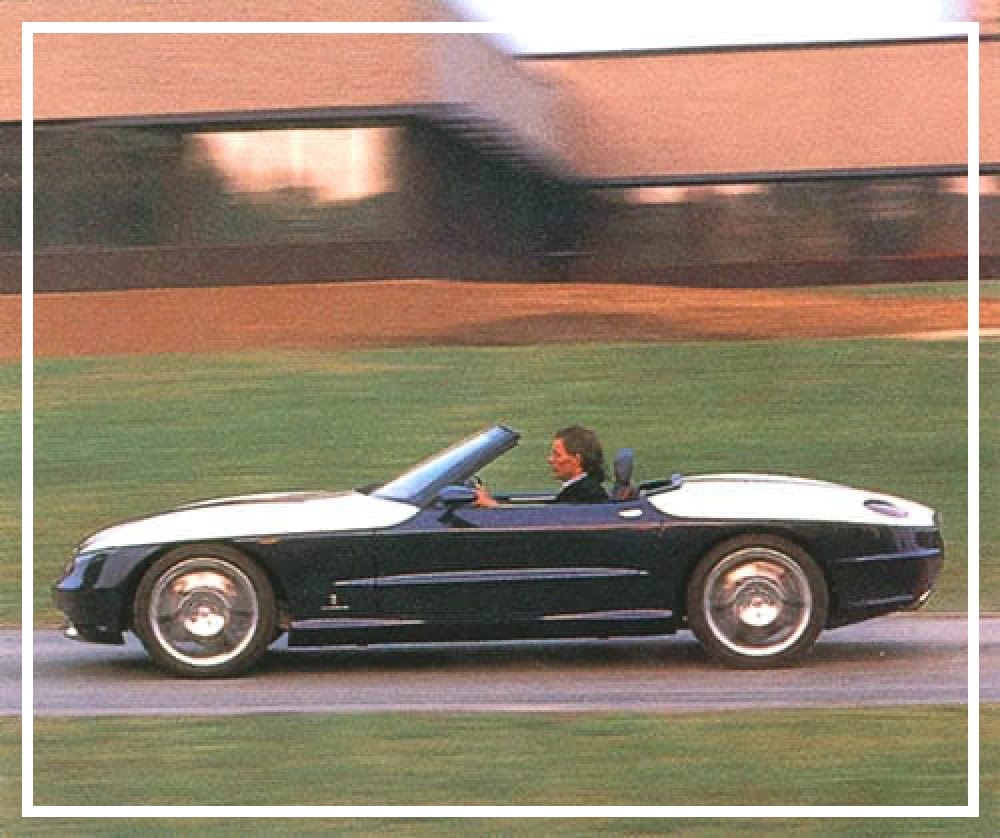
From Italy with love, this open-top Honda roadster prototype was left in the dust. Sorry, my favourite* Honda concept car was left in the dust.
Yeah, I said it. So let’s get to it.
Browsing auto show history with a child-like innocence, obsessed only with forms and stats, I can say 1995 was a great year for concept cars. Honda had two bangers: the Argento Vivo by Italian styling house Pininfarina and the SSM by the company's internal design studio.
They were unveiled together at that year’s Tokyo Motor Show. Eventually morphing into the S2000, the home team’s SSM won that battle.
Is this an excuse to share the official Honda SSM promotional video from 1995, complete with ThighMaster-rejected soundtrack, gloved blonde male driver and aggressive motion blur techniques? Why yes, yes it is.
But not the war: because it was put into production, the soulful SSM concept is only ever a few chromosomes away from being as aesthetically challenged as Suki’s pink S2000.
It’s as if collectors within Honda were trying to tell us something: one to drive, one to keep.
Both are two-seat roadsters. Both are rear-drive. Both are running, driving prototypes. Automakers simply don’t spend money designing, building, and showing two different versions of the same theme, in the same year.
What gives?
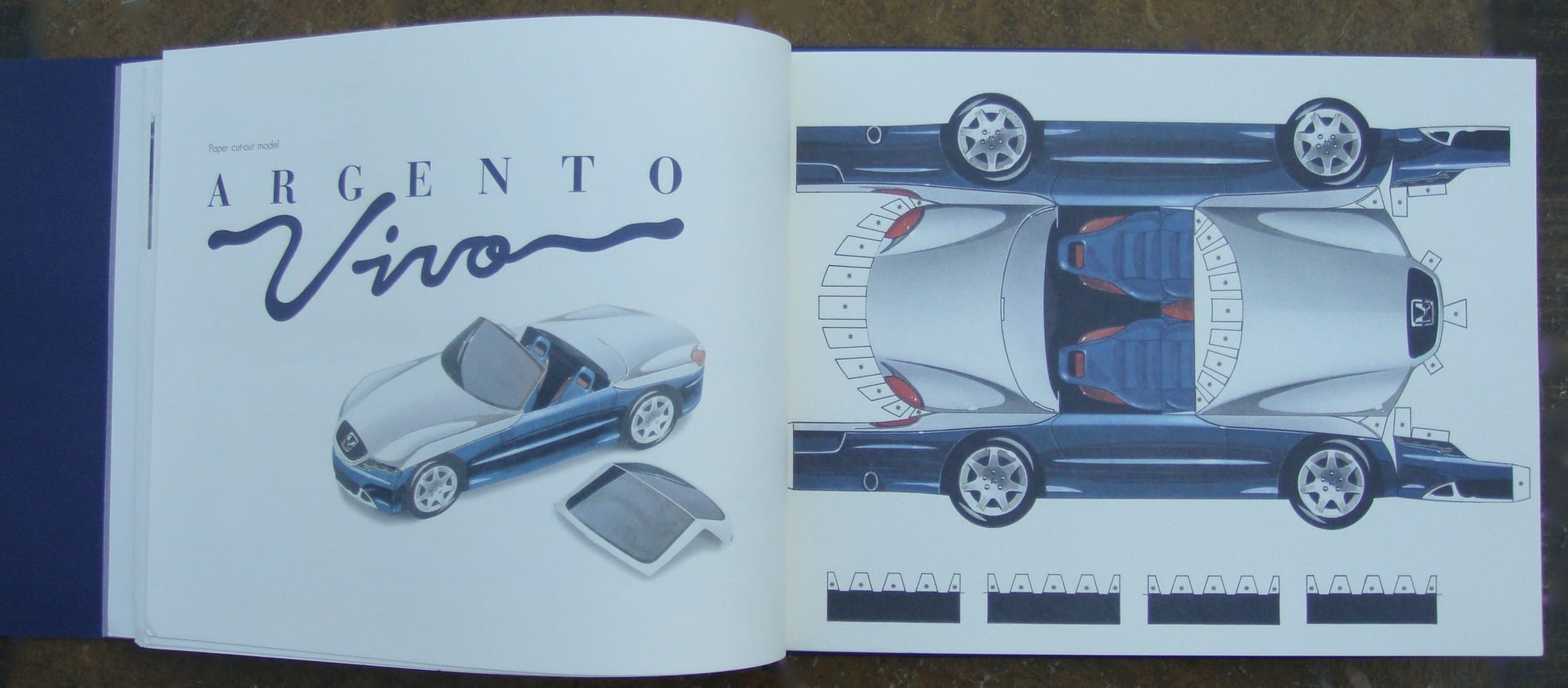
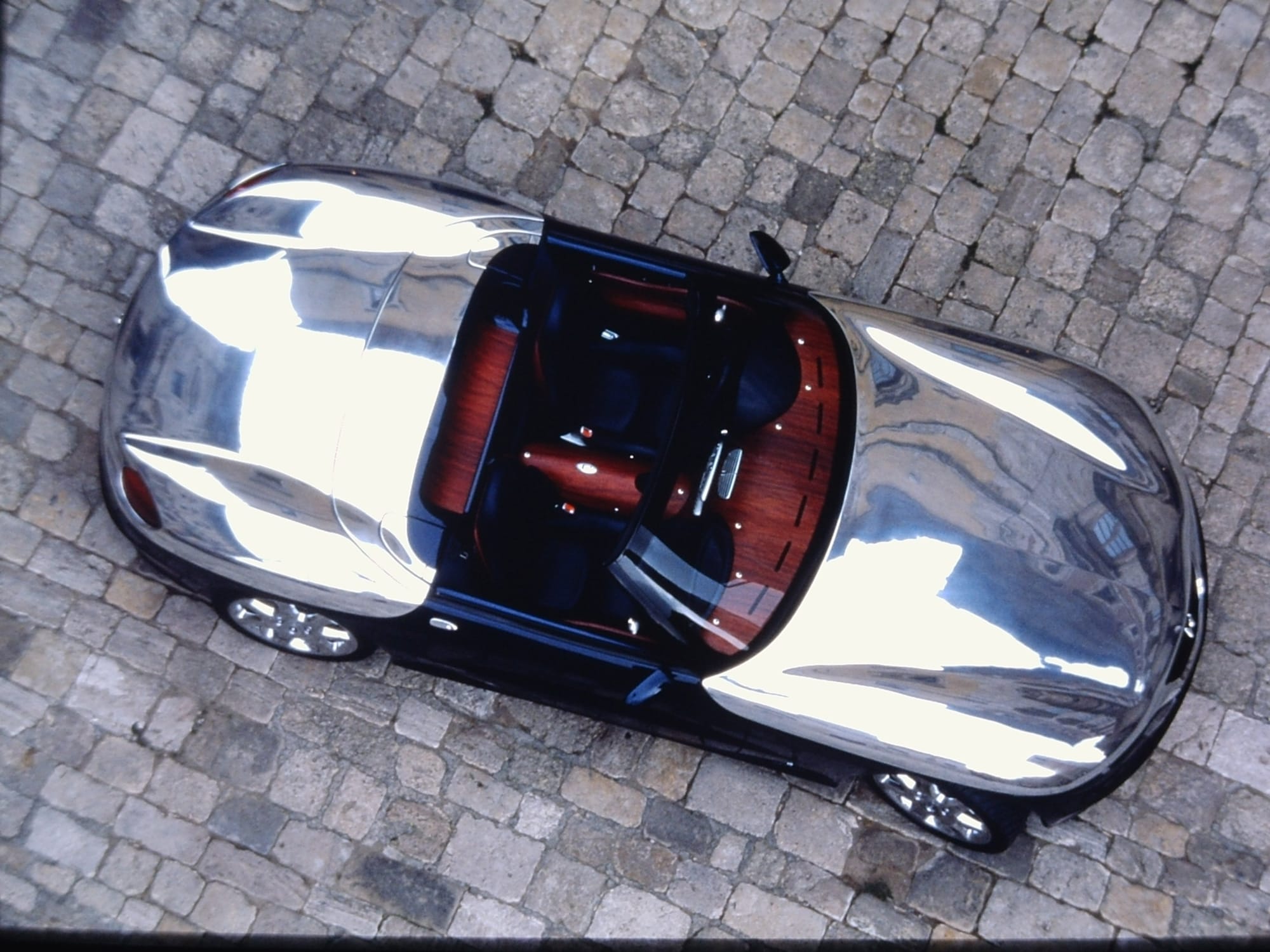
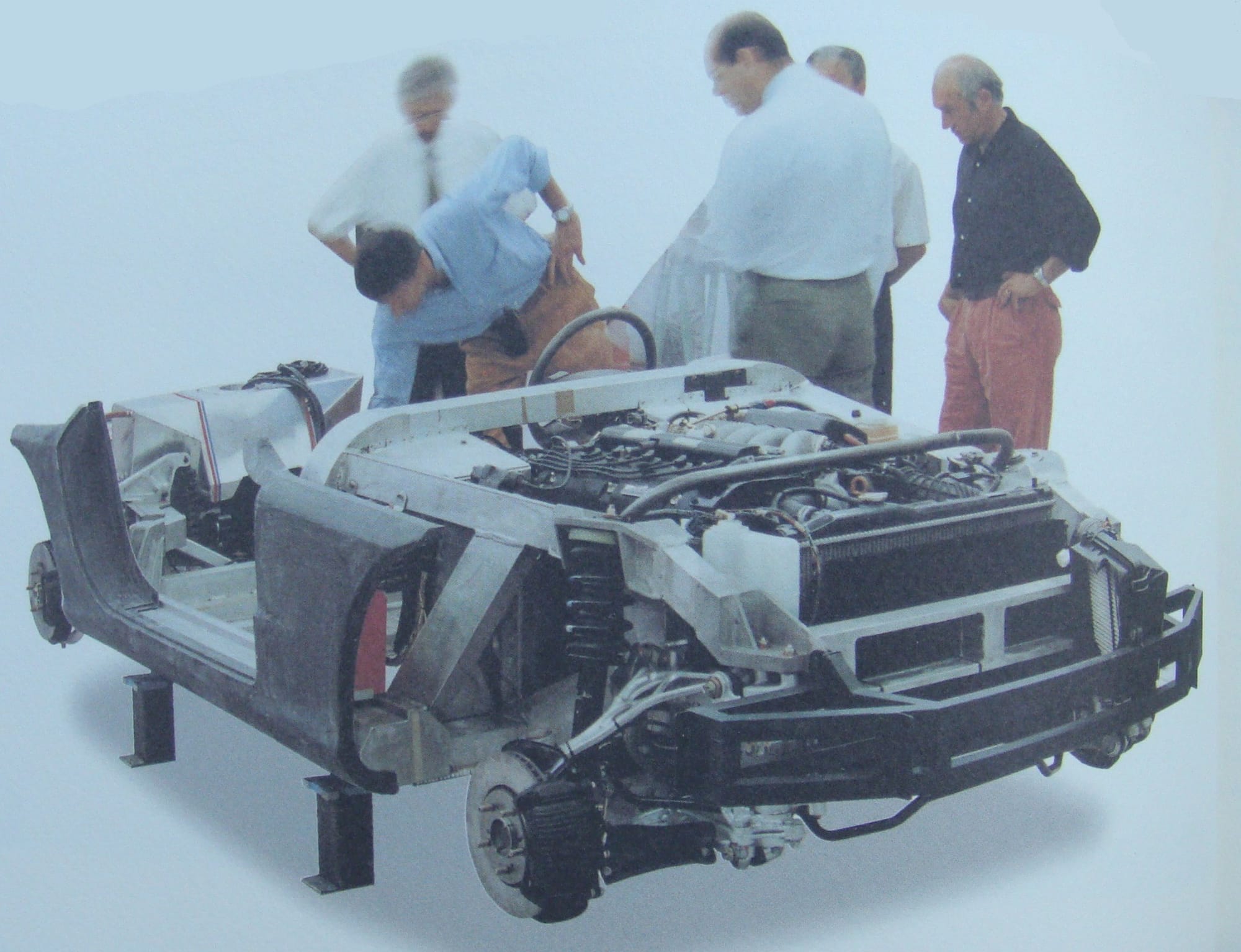
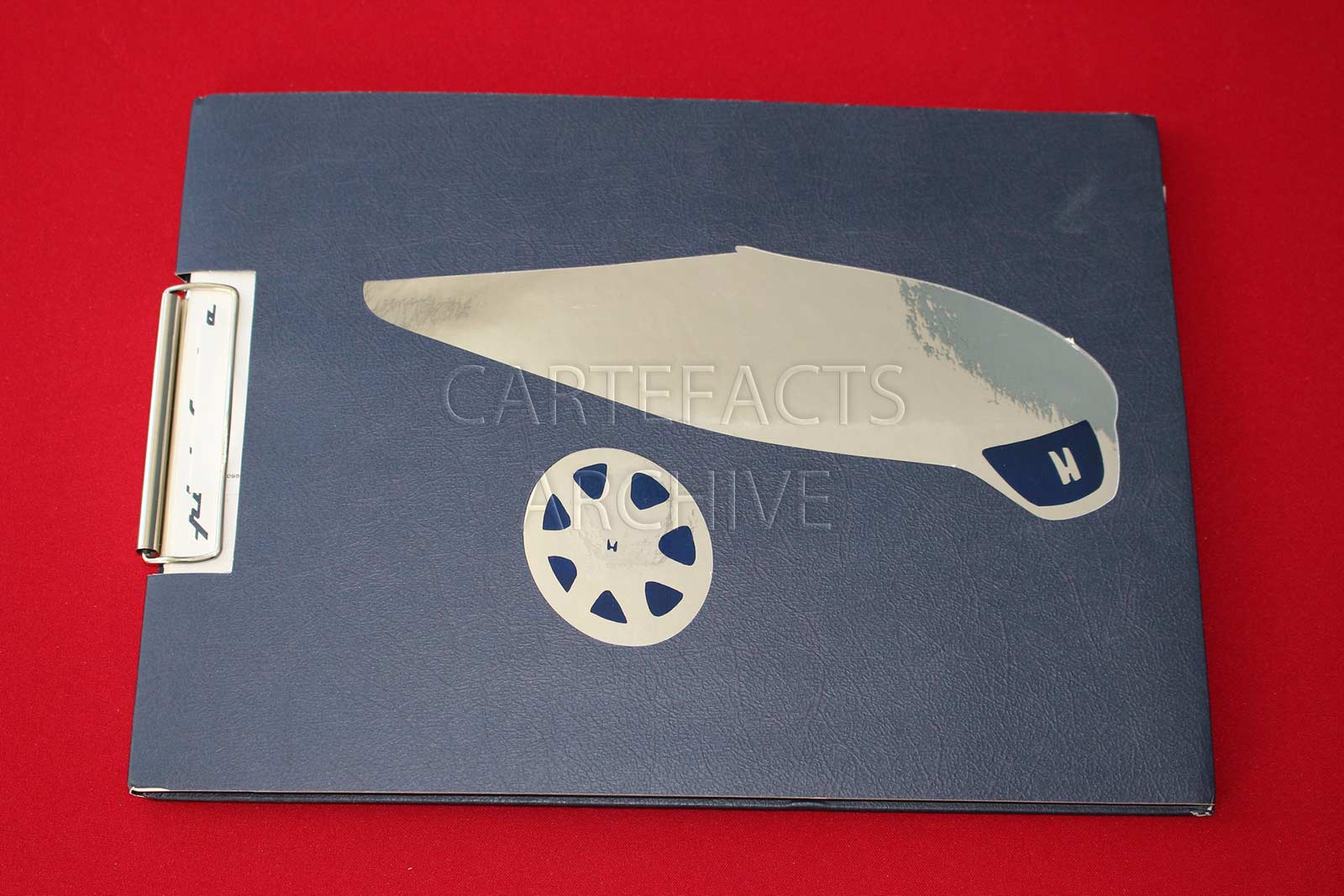
• via simsnaitissays.com, cartifacts
In this case, Honda thought it needed to. While other Japanese automakers competed against each other with advanced sports/touring cars, the Mazda Miata shocked the world’s automakers into responding with roadsters of their own.
But would buyers prefer an open-top sports car like the Miata, Toyota MR-S, and Porsche Boxster or a European-style, touring-focused roadster like the BMW Z3 and Mercedes-Benz SLK?
The SSM represents the former, Argento Vivo the latter.
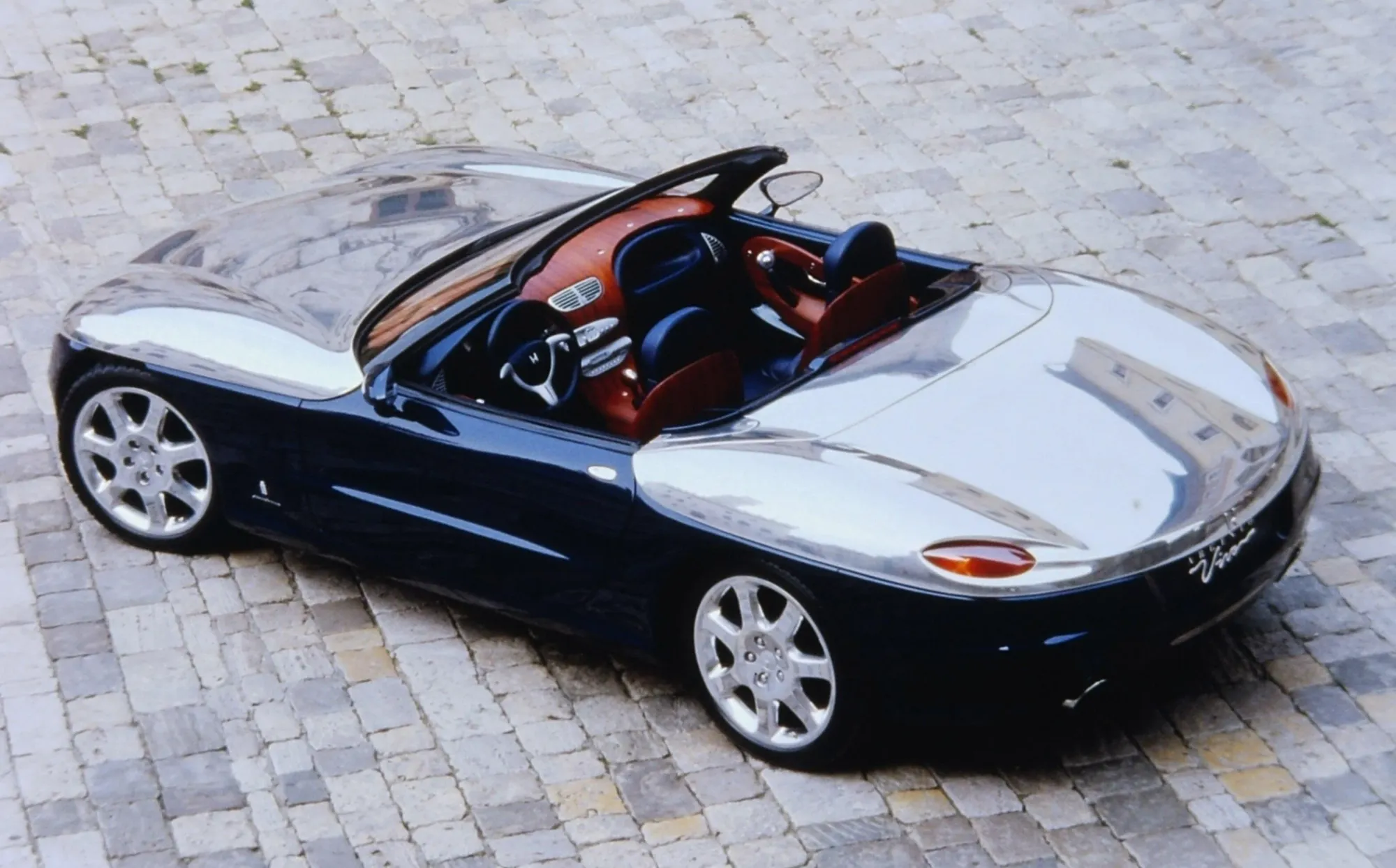
Pininfarina had only worked with Honda on one other project, the 1984 HP-X, a mid-engined, V6-powered sports car with a jet fighter-inspired canopy roof. Sounds familiar, right? Right: in 2024, Honda is back on the roof, looking over a wedge. (Look at this year’s 0 Series Saloon on your own time.)
In 1995, Honda called in some outside help. Pininfarina had become a manufacturer in its own right, with production facilities and R&D departments that were never as well-known as its design studio.
Remember this: underneath the Argento Vivo’s skin was an extruded aluminum chassis designed by Pininfarina. As a Pininfarina-built car, in some small way it laid the groundwork for the firm’s current models, including the Battista electric hypercar.
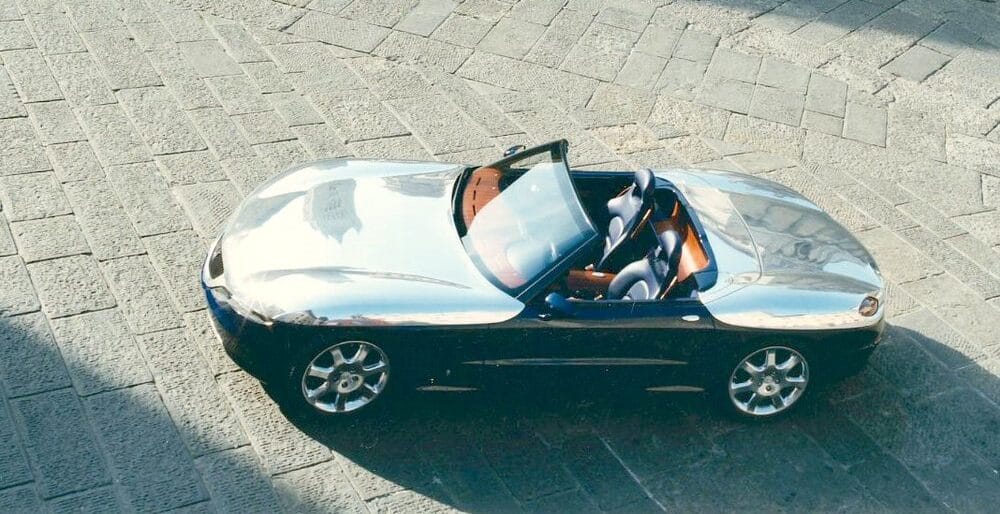
In the mid-’90s, with computer simulations and digital design tools in early stages, environmental concerns growing but not raising alarms, concept cars often had just enough modernity to be relevant and desirable — fuel injection, alloy wheels, stereo, etc — but many designs, Argento Vivo included, not affected by overt aerodynamic sculpting, hybridization, tacky tech, or screens.
Forced to deliver on futuristic ’80s promises, the very best designs of the ’90s took a step back and figured out how to lean on modernity without leaving the past behind. Here, you can see this literally.
Dark blue sections of the Argento Vivo body are fiberglass—with a contrasting polished aluminum hood, retractible hardtop, and rear deck lid. The polished elements are an undeniable throwback, however, if you tried to form a similar gigantic, mirror-perfect polished aluminum parts in a preceding decade, you’d have a Much Tougher Time without ’90s materials and techniques.
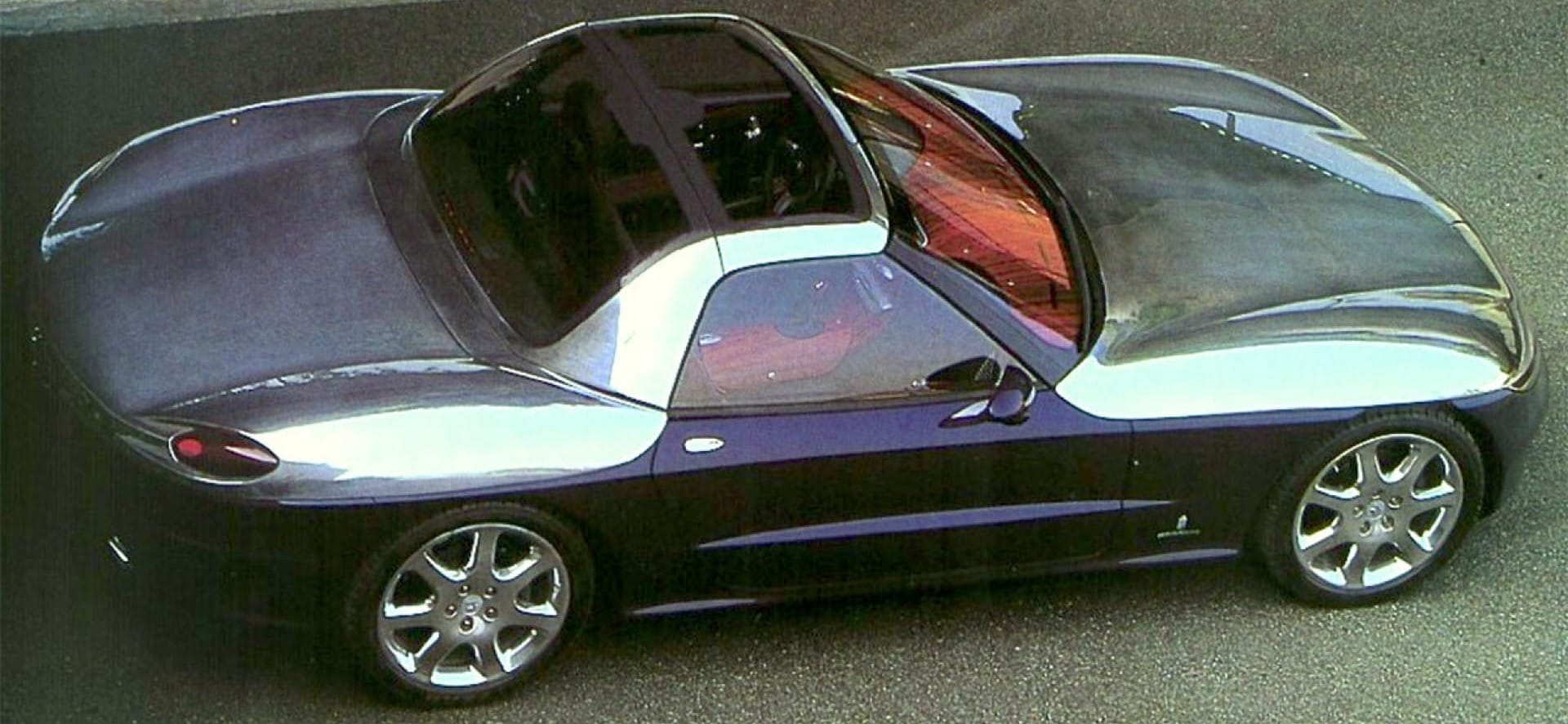
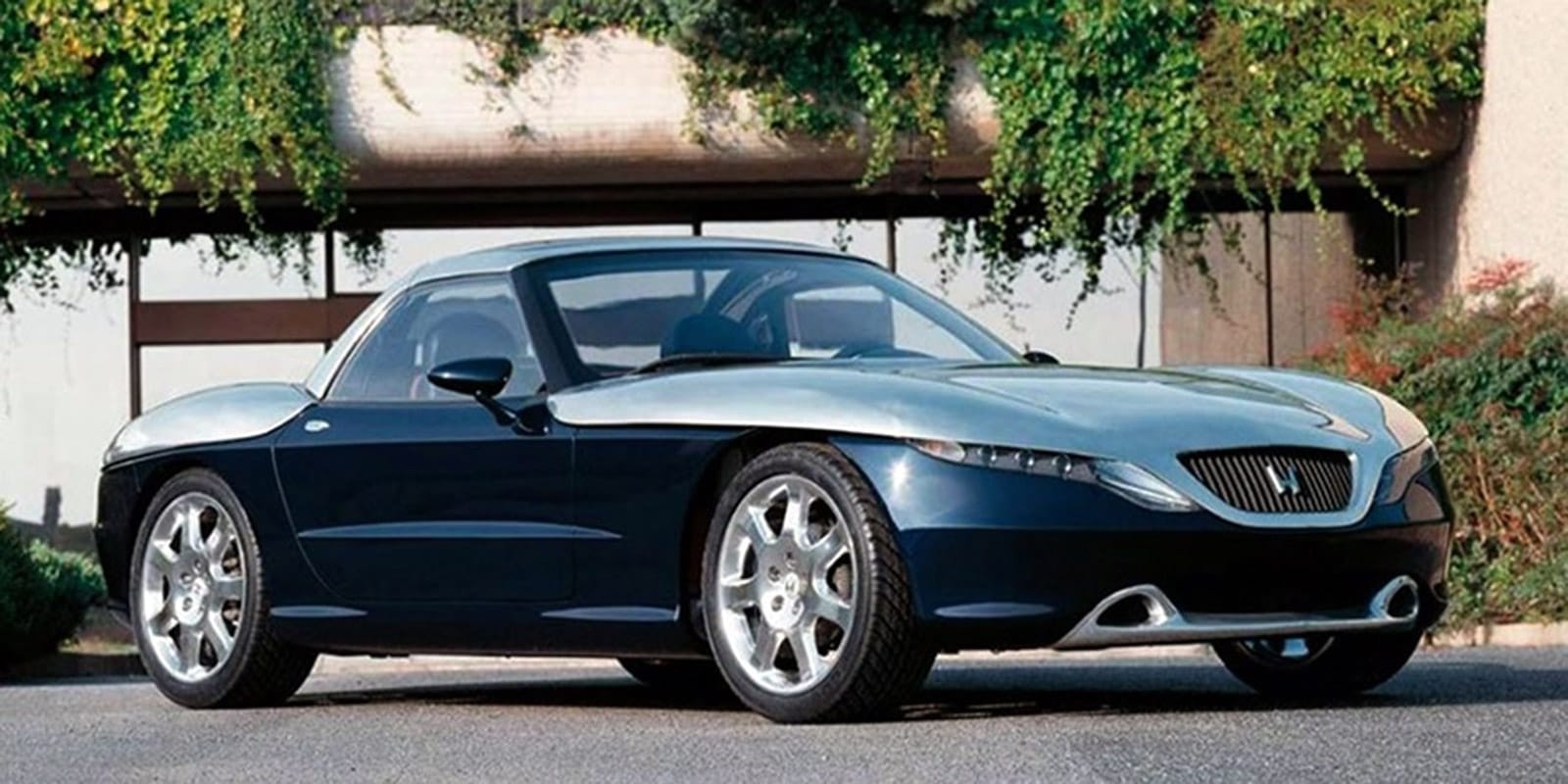
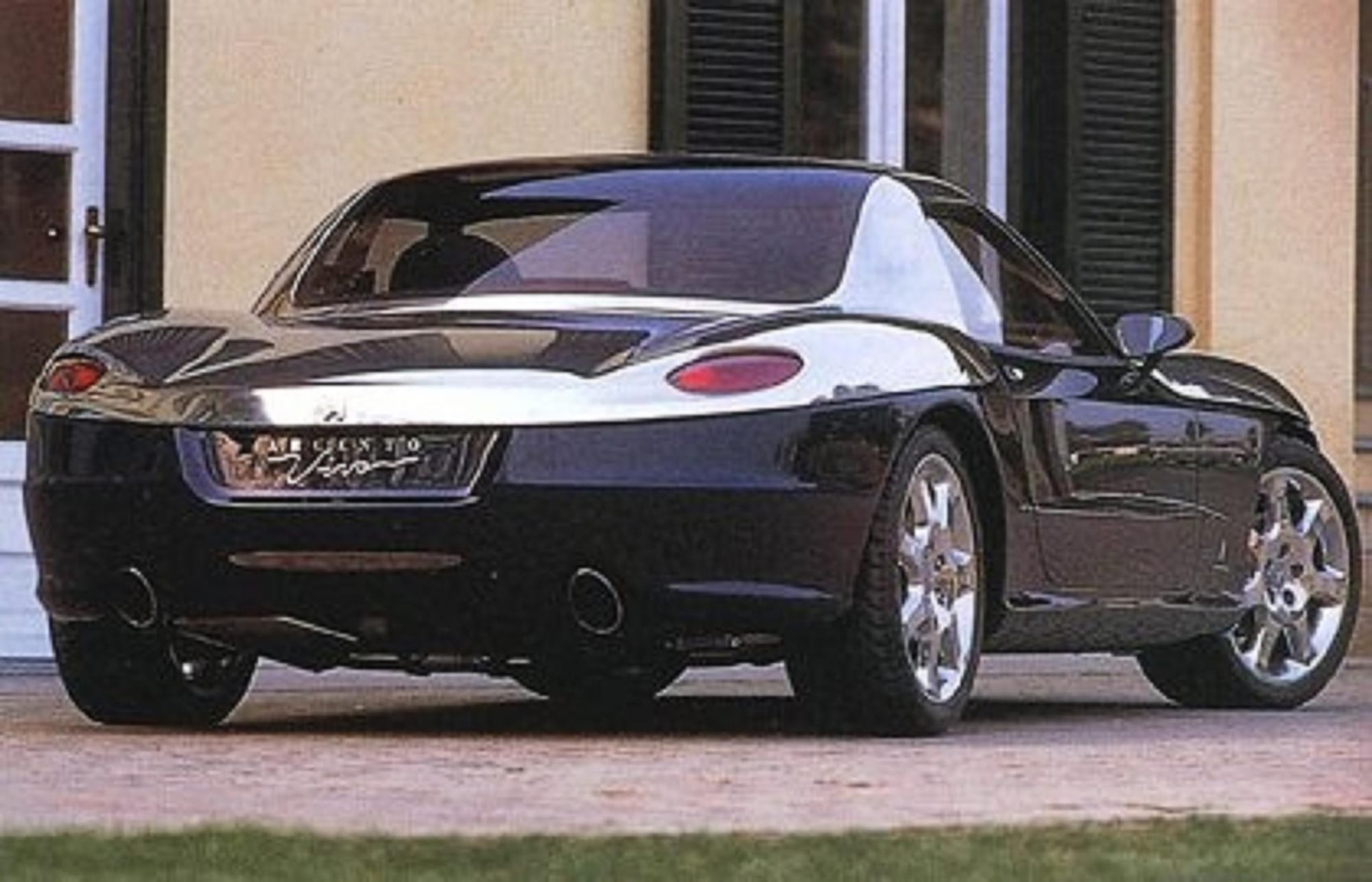
Honda Argento Vivo by Pininfarina • Pininfarina
Given the unique Italian chassis and Oscars gala-grade bodywork, it was designed, looked, and felt much more premium than the track-ready SSM. Argento Vivo was powered by a less frenetic 190-horsepower 2.5-litre five-cylinder engine.
So: a boulevard cruiser built in Italy under contract for a mainstream manufacturer’s “premium” brand…
Where have I heard this one before? Not at the top of any sales charts, I can tell you that.
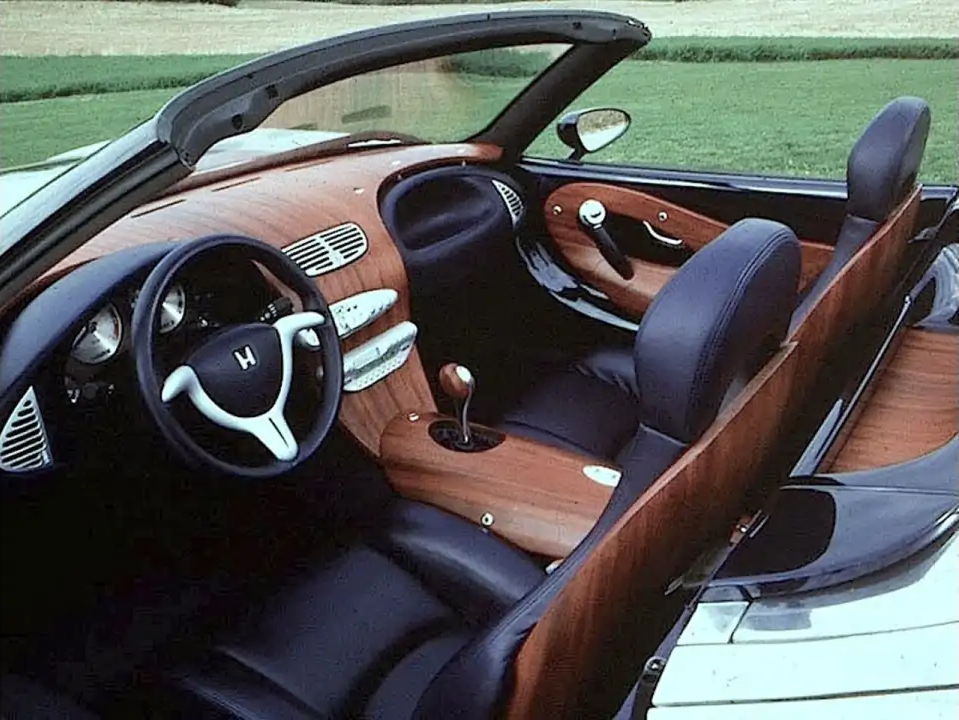
Inside, the entire sculpted dashboard was done in wood — with the grain artfully aligned with the direction of the car’s travel. The controls, classically, in silver. Wood-backed sport seats, leather.
Mood, set.
Honda didn't produce the car, not even as an Acura. This left the popular North American-only H+ brand without a convertible of its own with which to fight off challengers from Lexus, Infiniti, Mercedes-Benz, BMW, and Audi.
Here’s the twist: Argento Vivo did get made into real cars by Pininfarina, reportedly five of them, all powered by V12 engines…
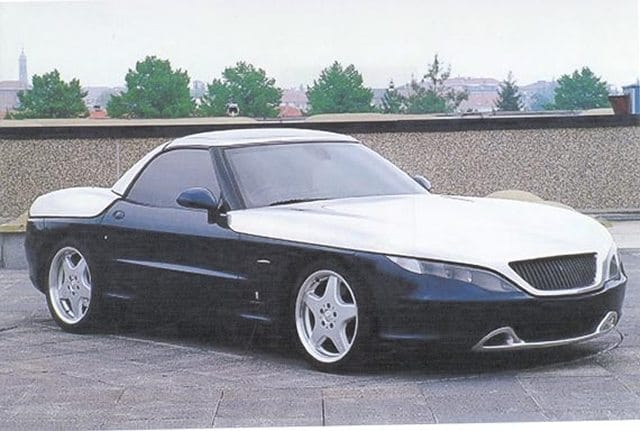
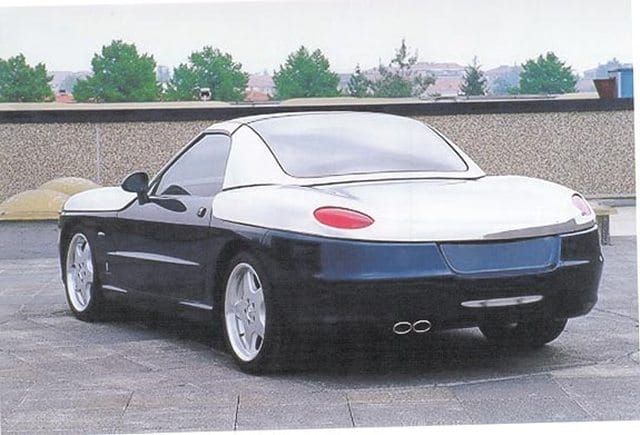
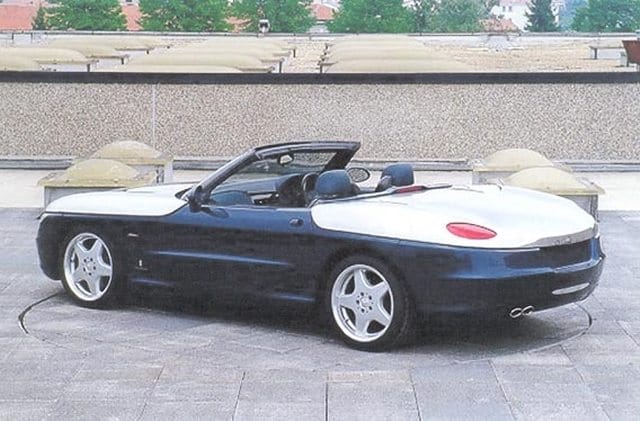
The Pininfarina Argento Vivo • Pininfarina
[ Sultan of Brunei enters the chat. ]
His team contracted Pininfarina to produce his own version of the car, on top of five Mercedes-Benz SL600 chassis. It is nowhere as pretty as the original concept, but it exists, and we’ve all seen worse.
The original Argento Vivo concept car survives today, and occasionally takes pride of place in Pininfarina's museum in Turin, Italy — exactly where it belongs.
As for the replicas? Get in touch if you’ve ever tracked one down. ;)
*Favourite as in: what a striking car! But it’s no Honda Unibox.
SUPPORTING MEMBERS
Thank you to my supporting members: Ben B., Brad B., Chris G., Daniel G., Damian S., Daniel P., Ingrid P., Karl D., Luis O., Michael J., Michael L., Michelle S., Mike B., Mike L., Mike M., Richard W., Sam L., Wiley H.


